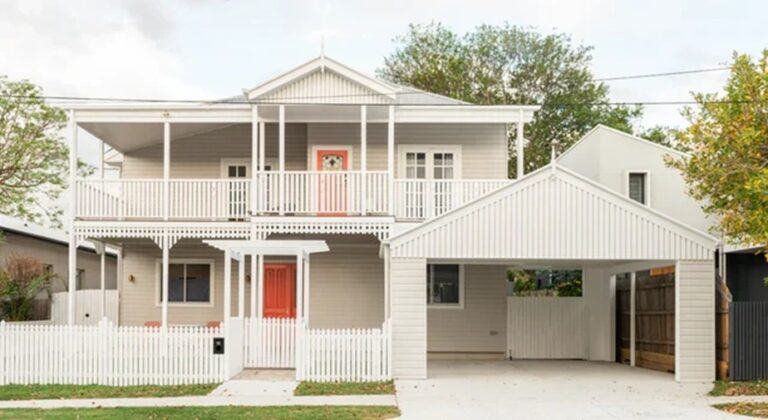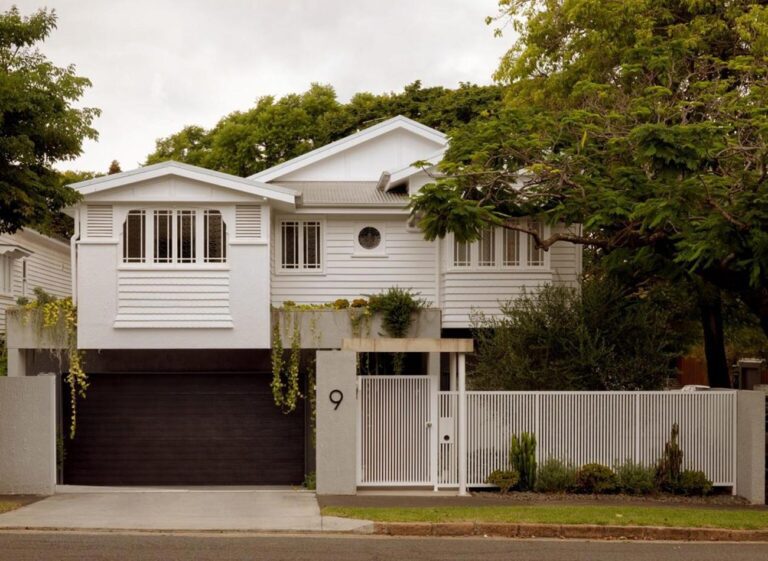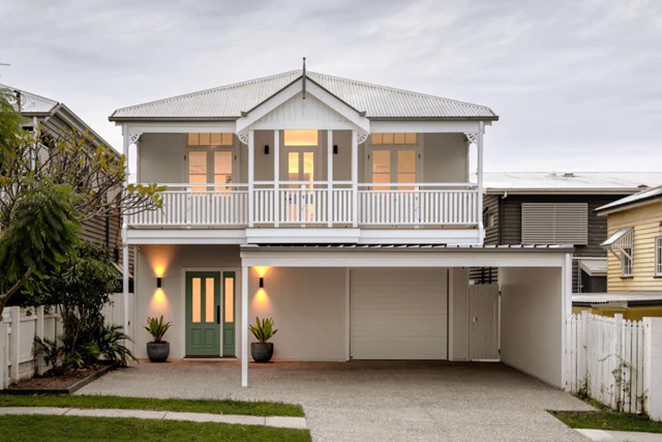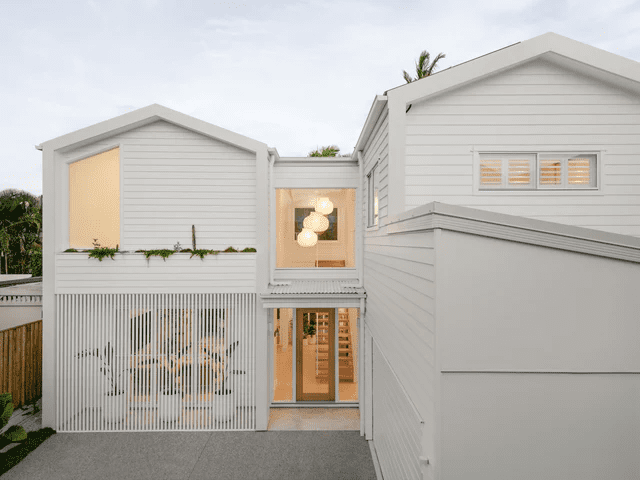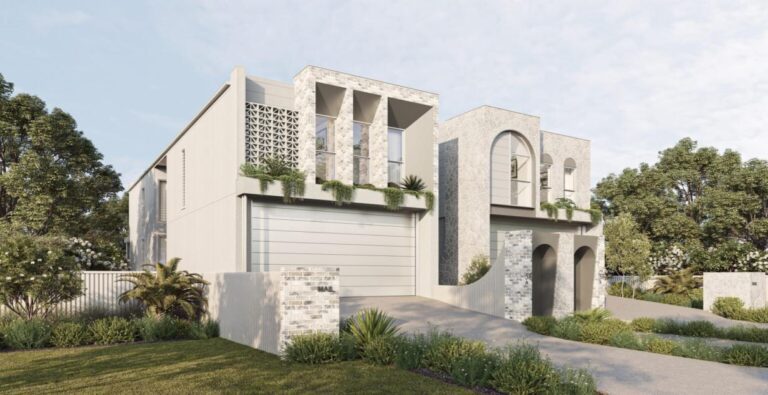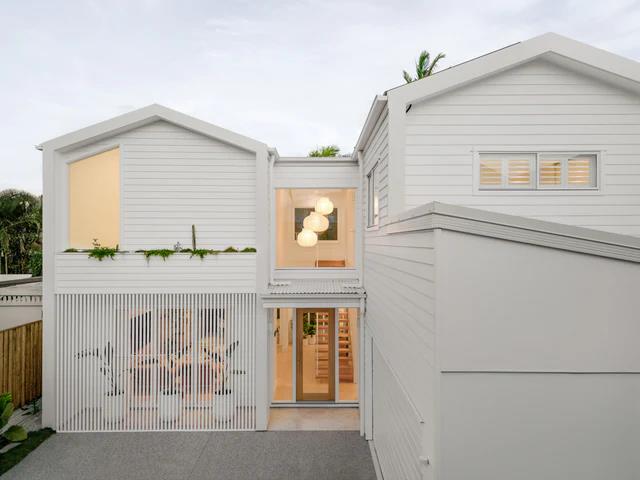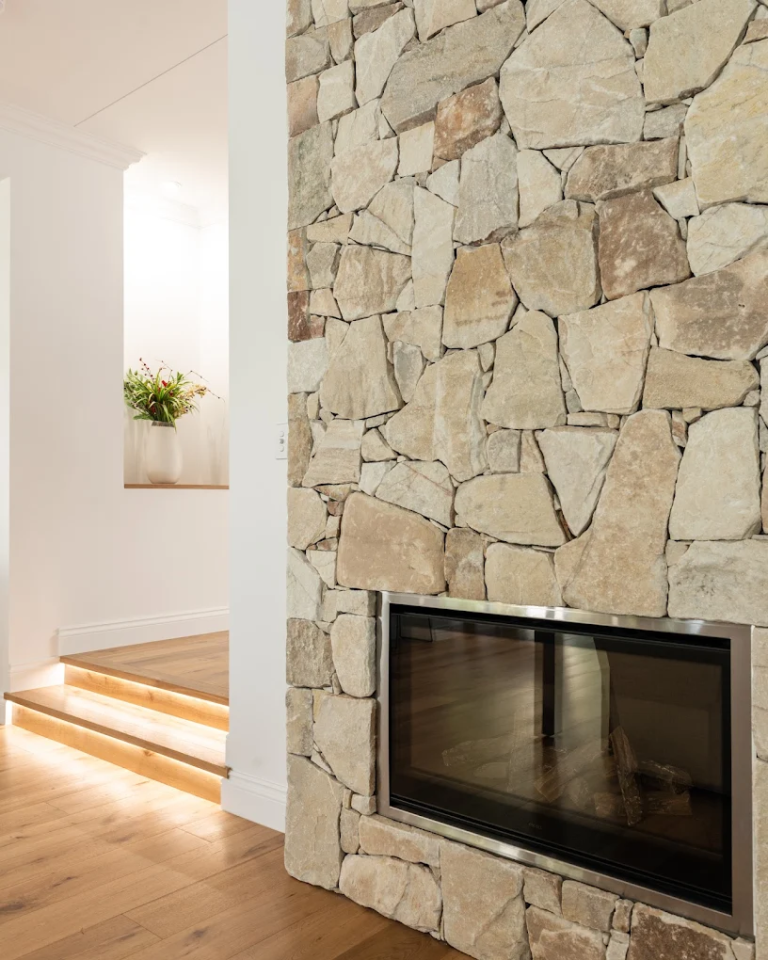Building your dream home is a rewarding journey, but without proper planning, it can be overwhelming. Let’s walk through a step-by-step guide to make it manageable.
1. Choosing the Right Location
The foundation of your dream home starts with its location. Look for areas that offer proximity to essential amenities, good school districts, and future growth potential. Also, consider the landscape—does the orientation support natural light, and is the area suitable for your design vision? Researching local zoning regulations is also essential, as they can impact your home’s layout and features.
2. Designing for Your Lifestyle
Your home’s design should reflect how you live today and adapt to how you may live tomorrow. Think about open-concept layouts for better flow, dedicated workspaces for remote work, and outdoor areas for family gatherings. Consider the function of every space: is there enough storage? Do you have rooms that can adapt as your needs change? Thoughtful design ensures your home enhances your lifestyle, both now and in the future.
3. Setting a Realistic Budget
Budgeting for your dream home isn’t just about construction costs. Factor in land expenses, permit fees, design and architectural services, and a contingency fund for unexpected challenges. A good rule of thumb is to allocate 10-15% of your total budget as a safety net. Working with a financial advisor or builder who can outline all potential costs will help you avoid surprises down the line.
4. Partnering with the Right Builder
The right builder is a key partner in bringing your vision to life. Look for builders with a proven track record of quality, transparency, and strong client relationships. Read reviews, ask for references, and visit completed projects if possible. Communication is crucial; ensure your builder provides regular updates and is responsive to your questions and concerns.
5. Planning for the Future
As you design your dream home, think long-term. Will the layout work if your family grows? Are there accessible features that can accommodate aging in place? Designing with the future in mind can save you from costly renovations later. Incorporate energy-efficient solutions and smart home technology to future-proof your home while increasing its value.
Conclusion
Building your dream home is a significant investment, but with the right planning, it can be a smooth and exciting experience. By focusing on location, design, budget, and partnering with a reputable builder, you’re setting yourself up for success.

